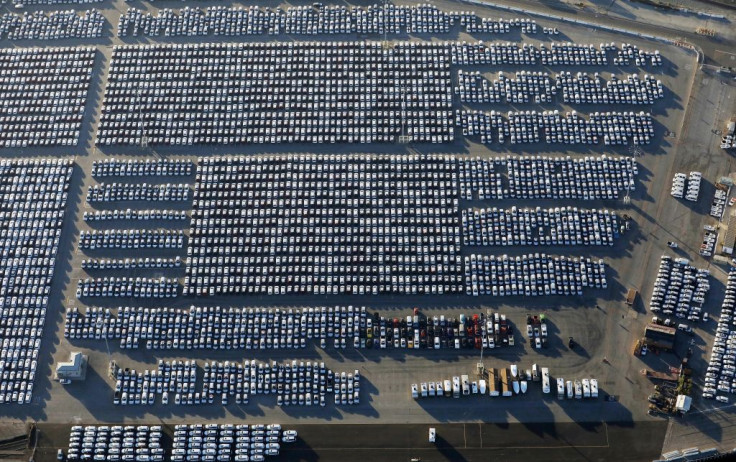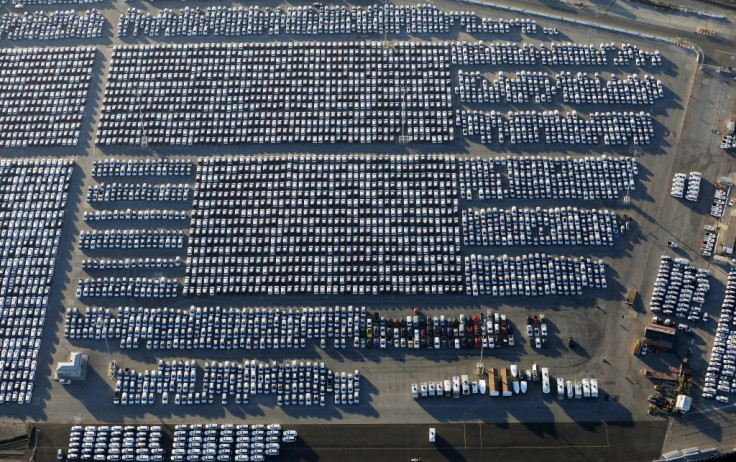US GDP Falls For Third Straight Quarter, Stokes Recession Fears

The drop in U.S. GDP to an annualized rate of 2.6 percent in the fourth quarter of 2018 confirms the deceleration of its economy and raises the risk of a recession by 2021.
GDP numbers released by the U.S. Department of Commerce today also show U.S. economic growth falling for the third straight quarter -- from 4.2 percent in the second to 3.4 percent in the third to 2.6 percent in the fourth. A continuation of this trend in the first quarter of this year is now even likelier.
Analysts blamed the slowdown in the global economy for the weaker U.S. economic growth. The good news is the 2.6 percent Q4 GDP is better than the 2.3 percent growth predicted by a panel of economists in a Reuters poll. Big banks were even more pessimistic about Q4 growth. JPMorgan Chase forecast only a 1.8 percent improvement while Goldman Sachs was even more downbeat with its prediction of a 1.7 percent rise.
The picture for the full-year 2018 remains optimistic, but not as rosy as the picture painted by the Trump administration. Economists estimate the economy grew some 2.9 percent in 2018, which will the best result since 2015, and better than the 2.2 percent growth in 2017.
“This is as good as it gets for the first Trump administration,” noted Joe Brusuelas, chief economist at accounting firm RSM International.
The Trump administration estimates economic growth for the year at 3 percent. During the presidential campaign, Trump boasted he could boost annual economic growth to 4 percent, a goal economists always said was unachievable given the maturity of the U.S. economy.
Economists said the economy fell short of the administration’s annual growth target for 2018 despite the massive $1.5 trillion in tax cuts and the government spending spree. They concur that growth will only slow from here on in.
The fiscal stimulus peaked sometime in the fourth quarter, according to economists. December economic data shows a sharp weakening in exports, retail sales, homebuilding and business spending on equipment weakened sharply. Most manufacturing metrics were weaker in January and February. Motor vehicle demand was also feeble.
“With the tax cut impacts largely done with, it is hard to see how growth can accelerate sharply.” said Joel Naroff, chief economist at Naroff Economic Advisors in Pennsylvania. “We are moving back to a sustainable growth pace that we experienced during most of the Obama years.”

Economic growth in 2018 was the strongest since 2015. It was also better than the 2.2 percent growth in 2017.
The stronger-than-expected Q4 growth reflected solid consumer and business spending despite mounting challenges, including sustained financial market volatility and Trump’s trade war with China.
Some economists expect GDP growth to further slow to 2.2 percent for the full-year 2019.
© Copyright IBTimes 2024. All rights reserved.











